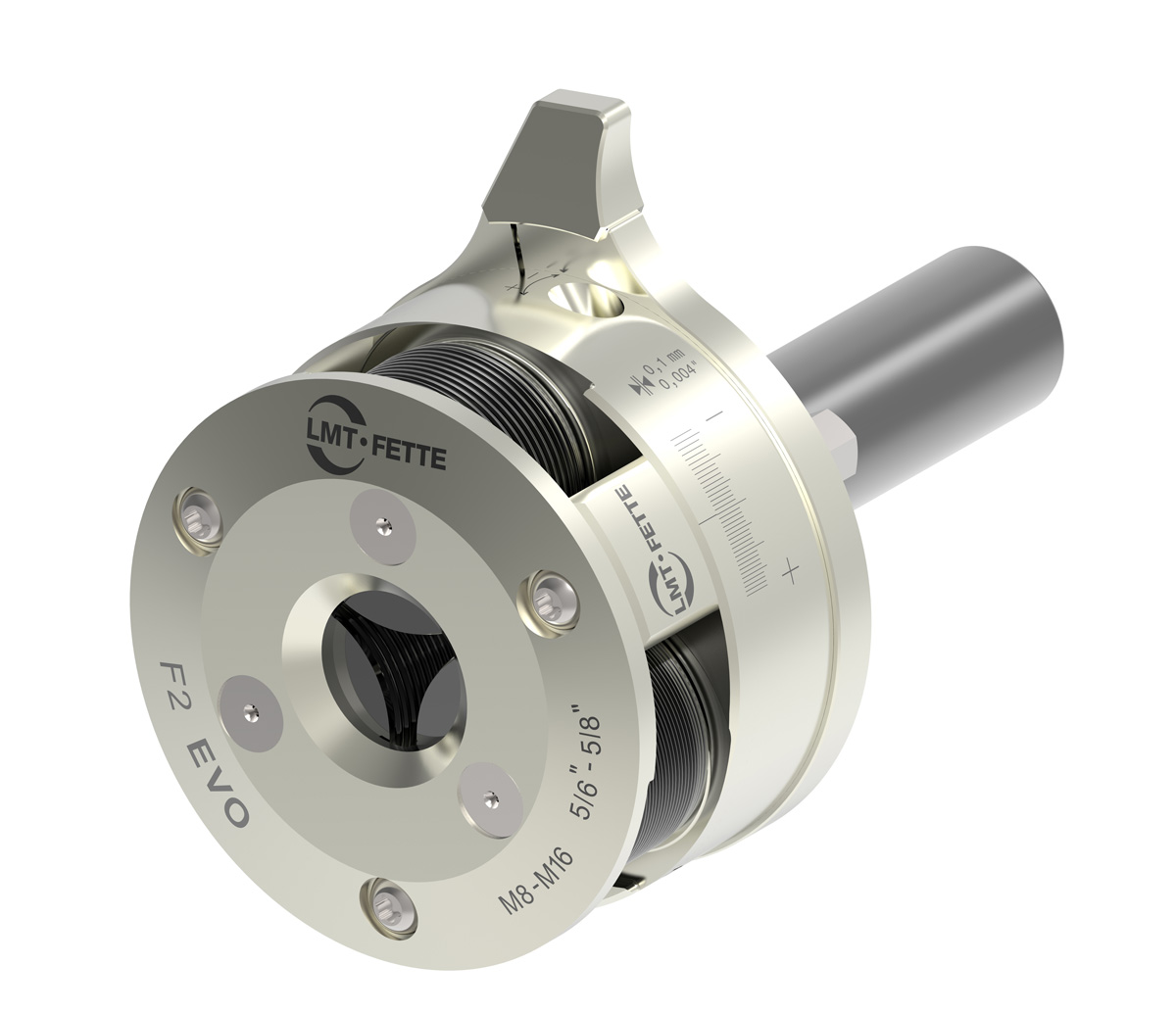Technology is constantly evolving. The Ford model T eventually evolved in to the F40 and beyond. Thread rolling likewise is a constantly evolving technology. The tools themselves have become more user friendly and the rolls have improved in performance over a wider range of materials.
New strategies have evolved to reclose a thread rolling head following its popped open stature. Indexing the tool and striking its closing handle on a fixed obstruction was a widely used method. An air cylinder mounted as an actuator was another method. Cleverly configured tension spring devices also had merit. All these methods required limited investment and could exhibit modest failure occurrences. More recently, a closing device attached to the tool and activated with high pressure coolant seemed to address the earlier issues. While it could only be affective on machines with the required coolant pressure, it too was susceptible to mechanical failure.
Lights out manufacturing can’t tolerate intermittent failure. In a goal to find a constant method to achieve lights out production on virtually every machine configuration, we developed a patent pending device to keep the head closed and utilize a Roll On Roll Off™off strategy. The desired result has had remarkable success. While nearly matching the cycle times prevalent with the older strategies the lack of moving parts has impacted on the physical life of the tool itself. Rotating the spindles during normal pop open operations generate wear on both the spindle and face plate. This resultant wear begins to exhibit itself as taper in the thread form. The new device allows for tool float and keeps the head closed negating wear on spindles and face plates.
Closing strategies and closing device cost are no longer a consideration. Closing failures are no longer a consideration in a “lights out” run time strategies.
Device development was internal to Turning Concepts, LLC. We are presently the single source for the patent pending tool attachment. Do you have an application that could benefit from our development? Contact us directly for information on availability and cost.
